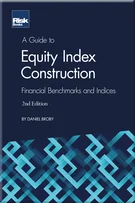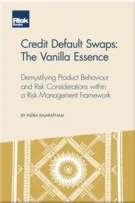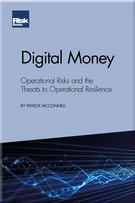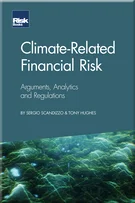The Counterbalancing Capacity
The Counterbalancing Capacity
Introduction to 'Liquidity Modelling'
Setting the Scene: Why Liquidity Is Important in a Bank
What Is Liquidity Risk?
Illiquidity Risk: The Foundations of Modelling
Capturing Uncertainties
A Template for an Illiquidity Risk Solution
The Counterbalancing Capacity
Intra-Day Liquidity Risk
Liquidity Transfer Pricing and Limits
The Basel III Banking Regulation
We introduced the counterbalancing capacity in Chapter 4 (see “The counterbalancing capacity”) as a part of the illiquidity risk measurement process. Now we will develop a model of the CBC that can be practically implemented in a bank.11In fact, the author has implemented this model, or derivatives of it, in several banks. This is crucial because, while previous chapters have focused predominantly on measuring illiquidity risk, we also need to know what to do to protect against it and manage it. This chapter provides solutions to this problem.
From an illiquidity risk perspective, we have to deal with two different uncertainties.
The factual future nostro balance may deviate from the forecasted FLE, which, in an illiquidity risk view, can be a risk but also a chance.
Assume we have managed to bypass the above problem, and know that the bank will, on a day tF in the future, inevitably end up with a cash deficit FLE(tF) on its nostro. An uncertainty now arises as to whether the bank will be able to generate enough cash until tF to counterbalance the forecasted deficit and finally end up with a non-negative nostro.
In order to answer this question we
Copyright Infopro Digital Limited. All rights reserved.
As outlined in our terms and conditions, https://www.infopro-digital.com/terms-and-conditions/subscriptions/ (point 2.4), printing is limited to a single copy.
If you would like to purchase additional rights please email info@risk.net
Copyright Infopro Digital Limited. All rights reserved.
You may share this content using our article tools. As outlined in our terms and conditions, https://www.infopro-digital.com/terms-and-conditions/subscriptions/ (clause 2.4), an Authorised User may only make one copy of the materials for their own personal use. You must also comply with the restrictions in clause 2.5.
If you would like to purchase additional rights please email info@risk.net










